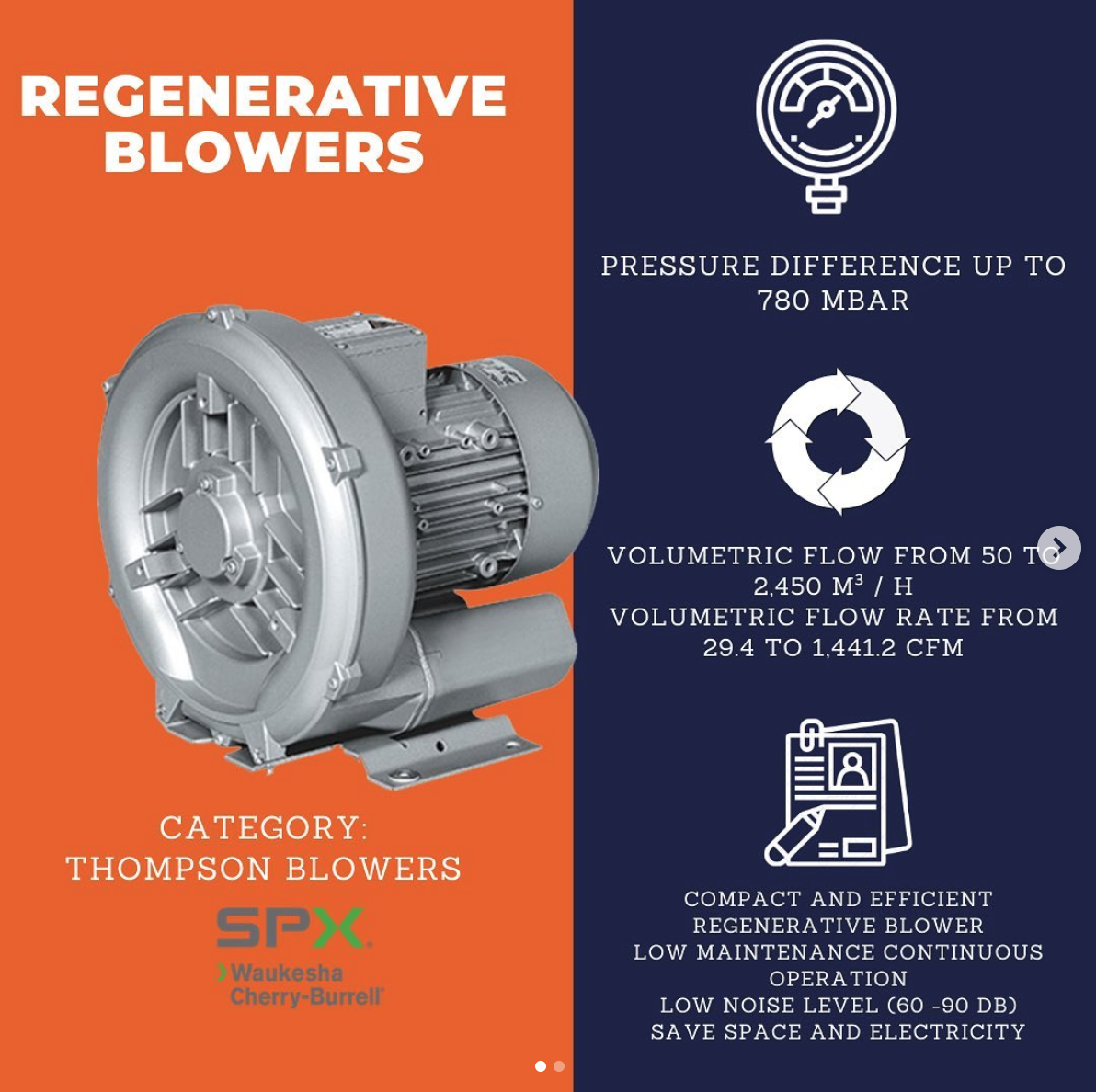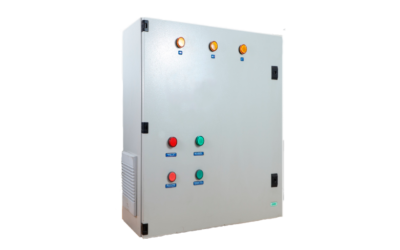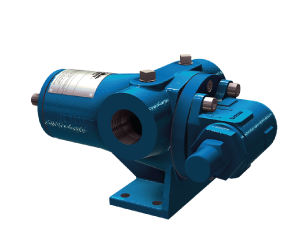We dedicate a new article to pumping systems, energy-intensive equipment that conditions the profitability of many businesses. This time we focus on the options that DCS systems have in this type of facility.
As with so many other technologies, modern distributed control systems offer capabilities that would have seemed incredible just a few years ago. Features such as integrated graphical engineering environments, simplified sequencing controls, and improved human-machine interfaces (HMI) make higher levels of automation practical from a deployment, maintenance, and ease-of-use standpoint. The timing of these advances cannot be better. Balancing existing plants based on design automation reduces the needs of operators and is essential to meet the demand for improved productivity and energy efficiency in plants.
As an example, the following case describes the automation of the water supply system in a combined cycle generation plant. Existing legacy DCS controls are proven and reliable; however, the sequence of operations and coordination of regulatory controls were not automated, which required a high degree of knowledge and attention from the operator. This case describes a combination of control automation strategies and HMI techniques designed to increase the level of overall automation while improving usability by operators and maintenance personnel. (Note: The DCS examples were developed using the Siemens SPPA-T3000 DCS platform.
Hypothetical plant layout
The hypothetical plant consists of two combined-cycle combustion turbines, each with a heat recovery steam generator (HRSG). Both HRSG units were coupled to a single steam turbine with a hot water feeder supplied with a condenser and the hot well, the receptacle for hot water drawn from the condenser by the air pump.
Looking at a single HRSG, the feedwater train consists of a pair of feedwater pumps and a series of three low pressure (LP) drums, high pressure (HP), and intermediate pressure (IP) steam heads. The feedwater pumps transfer the feed water from the LP drum to the IP and HP drums. Minimum flow rates through the pump are maintained by a recirculation line to the rear of the LP drum with modulating valve and variable flow setpoint calculated by the pump manufacturer’s operating curves. Both pumps share the supply lines and valves to the IP and HP drums. Each pump is equipped with a variable frequency drive for speed control and has a dedicated oil pump.
Level control of existing drum
The control of the feed water to the IP and HP drums consists of both the simple and three-element control. The three-element controls modulate the feed valve to each drum based on level. The three-element control uses drum steam flow as a feedforward signal to a feedwater flow controller whose set point is modulated to maintain the desired drum level. The pump speed is modulated to adjust the IP and HP flow rates in coordination with the water supply valves as follows:
· Variable frequency drive control and feedwater valves are applied independently of one or three-element level control.
· Variable speed drives operate at low speed, modulating the IP valve to maintain the IP drum level and the HP start valve to maintain the HP drum level until the HP start valve is fully open.
· Once the HP start valve is fully open, the drive will modulate to keep the IP valve within its current range (<85%).
· If the IP valve is> 85% open and the HP start valve is fully open, the drive speed is increased until the IP valve output is <85%. The HP main feed water valve is modulated to maintain the HP drum level.
Existing baseline HMI
The existing operator interface for each feedwater train consists of three full-screen graphics. The first is a linear schematic of the feedwater system, showing the pumps and discharge lines, but not the drums. The second chart is a collection of boards for controlling discrete devices and regulatory controls. The last display is a tabular collection of plant operation data, including feedwater pumps. Each feed pump has numerous process interlocks that are not accessible from the HMI.
Assumptions of the case study
The assumptions for the case studied are as follows:
· Only normal operations are considered (not increased powers).
· Failure of the pumps will start the standby device with no common dump valves.
· The close command will stop all the pumps and close the valves in the feed system.
· The frequency variation and coordination of the feed water valves as supplied in the pipes appeared incorrect.
Proposed control strategies
Operators and maintenance personnel can use numerous control strategies to improve the operation of their feed water pump systems.
Open-loop control
There are many possible methods for automating boiler feed pump systems. The chosen method minimizes the number of sequences so the operator can easily follow the actions of the automation system. The sequence is used to place the equipment in service and place the closed-loop controls in the relevant modes, such as fill, start drum level, and normal drum level control. The protection logic is carried out directly at the device level. One principle operation is that the operator has the option to control it at any time.
Logical sequence
The entire sequence does not begin with the operation of the pumps, but rather the operator must carry out the required manual controls. Once the system is ready, the IP and HP drums are isolated, the recirculation path opens, the oil pumps start, and the selected pump starts.
Stop
The stop sequence initiates the closing of the isolation valves and the IP and HP feedwater, as well as the feedwater pumps and oil pumps.
HMI concepts for robustness
Various concepts built into the HMI are intended to improve the operator interface. A simple process chart simplifies navigation in addition to controlling the feeding system.
Simple process charts
A simple consolidated process chart covers the major components of the water supply system, including the LP, IP, and HP drums.
Variable Frequency Drive Control Strategies
Proven to maintain stable operation, reducing pump load results in significant energy savings. Assuming a plant electrical load of approximately 1.5 MW for the feed pump, a 10% reduction in the pump load will save about 1,300 MWh annually.
The drive starts at the minimum speed (35% coverage concerning maximums). It is increased as necessary once the valves are at the upper end of their control range and only modulate while the IP valve is less than 85% open. A consequence of this strategy is a disjointed control response and undesirable coupling of the IP and HP drum levels. For example, when the drive speed is increased, the IP and HP valves throttle in response to an increase inflow. Once the IP valve throttles below 85%, the drive stays above its minimum speed indefinitely. An alternative approach is to change the drive strategy by introducing an override controller. For simplicity, a single outlet is used for the HP drum. For simplicity.




